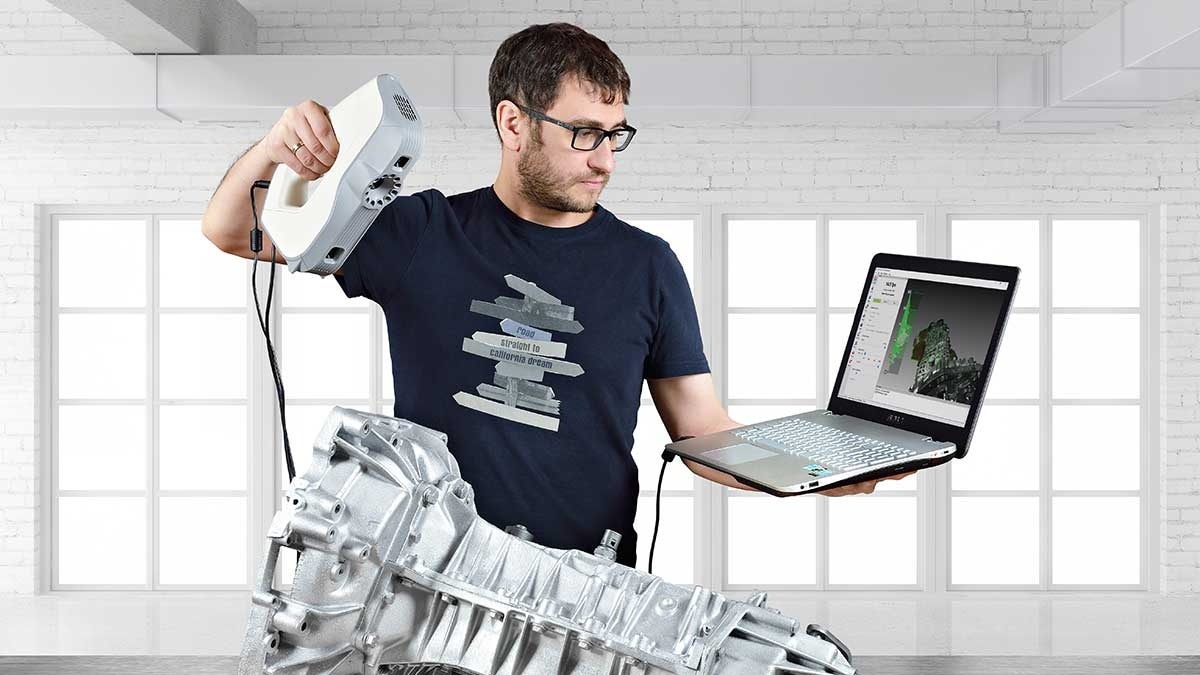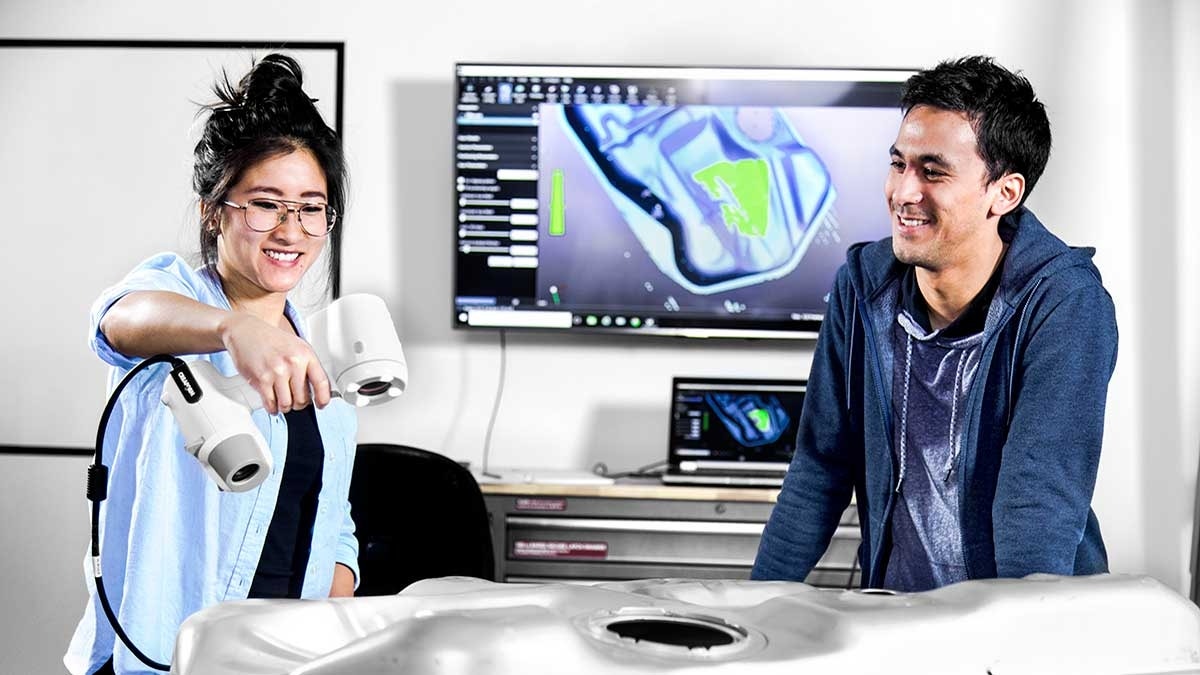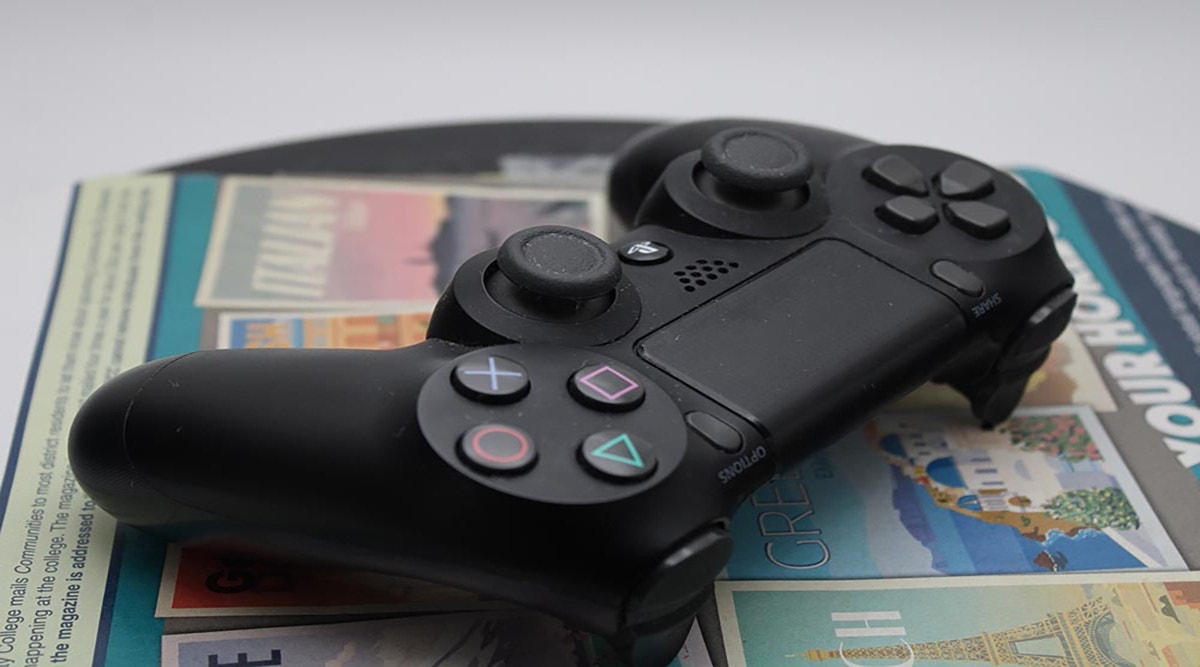Handheld scanners convert millions of points of data to millions of polygons – taking up computer resources and disk space. If you work with 3D scanners, you already know that file size and processing data are the biggest limits of the technology.
By understanding how different scanners capture and process data, we can find ways to work around these limitations and optimize our scanning and processing times. This can be done in the raw data or final mesh depending on the end-goal of the project. Some software for example will let you combine different mesh and point cloud data together to increase accuracy and resolution. Others you can edit the mesh itself to show two different resolutions, increasing the polygon count in areas of interested while decreasing on simpler surfaces.
By optimizing and increasing point density of our raw data we can drastically increase the quality of our final mesh which helps with identifying features for reverse engineering, accurate measurements for inspection, or smaller file sizes to send and upload projects.
This photo is an example a mesh with optimized, high point density on the left with low density, non-optimized mesh on the right.
Watch Webinar Now
If you are interested in learning how to make better use of your scan data, optimize processing and project sizes, or are curious to learn more about what is a mesh file, check out our webinar. We will walk through ways to improve your scan data by combining different data from scanners, editing the polygons of the mesh to reduce file size, or capture reference data to reduce processing times for the final mesh.
Wanting to learn more about Artec or Creaform 3D scanners and the impressive capabilities of this exciting technology? Contact us at Hawk Ridge Systems and our dedicated experts would love to answer any questions and help you get started. Thanks for reading!





